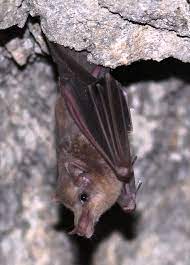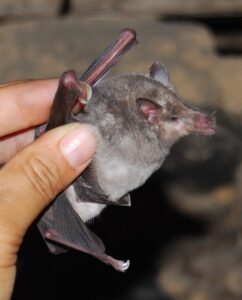After several investigations, a team of scientists confirmed the migration of the Mexican long-nosed bat (Leptonycteris nivalis) through southeastern Arizona by analyzing their saliva. To achieve this, researchers used an environmental DNA-based method (eDNA) that allows identifying the species without the need to capture them.
Bat Conservation International, in collaboration with citizens and scientists, collected saliva samples from plants and hummingbird feeders along potential migration routes. These samples were analyzed at Northern Arizona University, confirming the presence of the endangered species crucial for the pollination of cacti and agaves.
This breakthrough expands Arizona’s bat list to 29 species and demonstrates the potential of eDNA as a non-invasive tool for wildlife conservation.
It is worth noting that the Mexican long-nosed bat was listed as endangered under the Endangered Species Act in 1988, being the only bat species in Arizona with federal protection, given its crucial role in pollinating cacti, agave, and other desert plants.

What do we know about the Mexican long-nosed bat?
According to experts, this species travels a long migratory path northwards from Mexico to the southwest of the United States, following the nectar trail of its favorite flowers and returning along the same route during the fall months.
Considering this behavior, the group of researchers recruited ordinary citizens for the mission, providing them with kits to collect samples from bird feeders during the summer and fall. These samples were analyzed in the laboratory where they detected the presence of these bats.

What is the Mexican long-nosed bat like?
The Mexican long-nosed bat (Leptonycteris nivalis) has the following characteristics:
- Long snout with a triangular nasal leaf
- Pale brown to gray fur on the back
- Rusty brown fur on the belly
- Small ears
- Short tail
- Long tongue with elongated papillae
- Three vertebrae in the tail, but not externally visible
- Long hairs that extend beyond the interfemoral membrane
Moreover, this bat can measure between 70 and 90 mm in length and weigh between 18 and 30 g. Additionally, it feeds on nectar and fruits of night-blooming cacti such as saguaro, cardón, and organ pipe, as well as various species of agave.
This animal is classified as an endangered species federally both in the United States and Mexico. Among the threats it faces are: loss of food sources through agriculture, human exploitation of agave, and the effects of climate change.
Have you visited our YouTube channel? Subscribe now!

